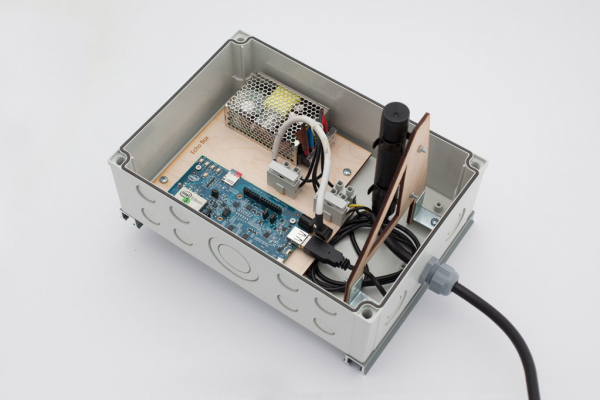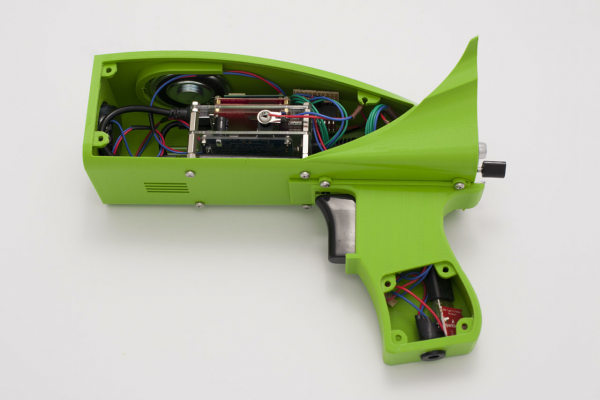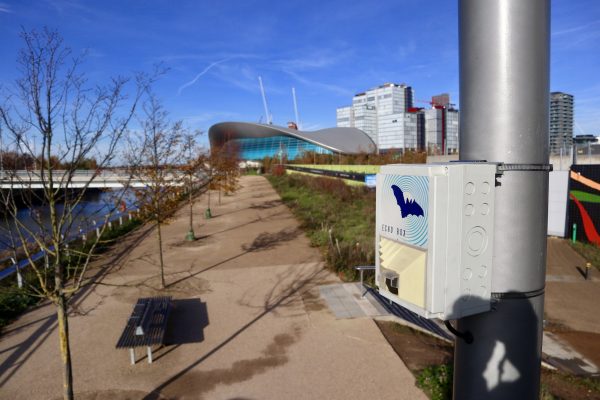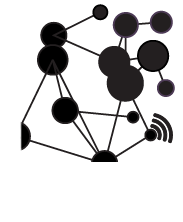How can we leverage latest advances in IoT and edge computing to design and develop smart sensors that monitor bat activity in real-time across a large diverse urban environment?
Partners
UCL, Bat Conservation Trust, London Wildlife Trust and Arup
Publications
Shazam for bats: Internet of Things for continuous real-time biodiversity monitoring in IET Smart Cities, 2021
CASA Contact
Duncan Wilson, Steve Gray
Quick Facts
Bat calls have been detected since deployment at the start of June 2017, with an average of 7000 bat calls per night and a maximum of 20000+ calls recorded in one evening.
Calculations show that for the network of 15 smart bat monitors, machine learning algorithms at the edge of the IoT network reduce data transfer to the cloud from 180GB per day to 2.1MB per day.
There has been extensive press coverage including a national television live interview (BBC Breakfast), BBC online and radio coverage including BBC R4 Today program, BBC R4 Inside Science program, 5Live Breakfast show, BBC London news.







